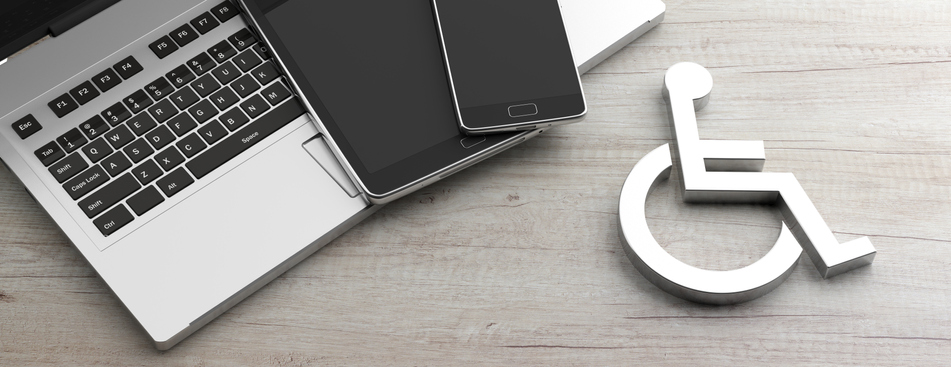Living with Chronic Pain
Tips for Working From Home

1 person found this helpful
Print
Share
Save
Working from the comfort of home sounds ideal — no commute, no dress code, and no distracting coworkers. However, working from home can pose certain challenges in terms of productivity, mental and physical health, and more. Here are some tips to make the most of working from home.
Schedule
- Set regular working hours. Determine a work start and end time. Set an alarm to allow enough time to shower, eat breakfast, and prepare for work before the scheduled start time. At the end of the work day, disconnect as much as possible to maintain a proper work/life balance.
- Set break times and meal times. Breaks are necessary to refresh the mind and maintain productivity. Enjoy breaks away from the workspace.
Environment
- Set up a dedicated workspace. If possible, avoid the urge to work from a bed or couch. Set up a desk with a comfortable chair, plenty of light, and necessary work materials.
- Set boundaries and expectations with others in the home. Let children and other family members know when interruptions are not allowed. Establish times and methods for necessary communication.
- Maintain a clean and inviting environment. Clean and organize the home workspace at least once each day. If scent sensitivity is not an issue, consider using an essential oil diffuser to create an inviting atmosphere.
Productivity
- Set daily and weekly goals. Setting goals encourages productivity. Track the amount of work or hours completed each day. Reaching goals promotes feelings of success and accomplishment.
- Avoid social media and other distracting websites during work hours. If needed, briefly check social media during scheduled breaks.
- Try time management techniques. The Pomodoro method is a popular time management technique. Set a timer and completely focus on work for 25 minutes. Take a break for two to five minutes, then repeat. After the fourth work period, take a break for 15 to 30 minutes before beginning the cycle again.
Physical health
- Stretch and move. Be sure to get up and move at least once every hour. Stretch different muscle groups, practice chair yoga, dance to a favorite song, or go for a short walk.
- Make sure the workspace is ergonomically correct. An ergonomically correct workspace helps prevent repetitive stress injuries, such as carpal tunnel syndrome or back pain. Chair height should be set so the knees are level with the hips. The computer keyboard and mouse should be placed so the wrists are straight and the hands are at or below elbow level. The monitor should be an arm’s length away. If financially possible, consider purchasing a sit-stand desk.
- Choose healthy foods for snacks and meals. Select fresh, healthy foods rather than processed foods or refined carbohydrates. Some foods that can help with memory and concentration include pumpkin seeds, dark chocolate, and eggs. Drink plenty of water to stay hydrated.
Mental health
- Maintain communication with others. Working from home can be isolating. Check in with others on a regular basis and schedule video calls when possible.
- Practice self-care. Try journaling, meditation, or yoga to help deal with the unique stressors of working from home.
- Contact a mental health professional if needed. If feelings of anxiety or depression are interfering with work, productivity, or other aspects of daily life, reaching out to a mental health professional can help.


















